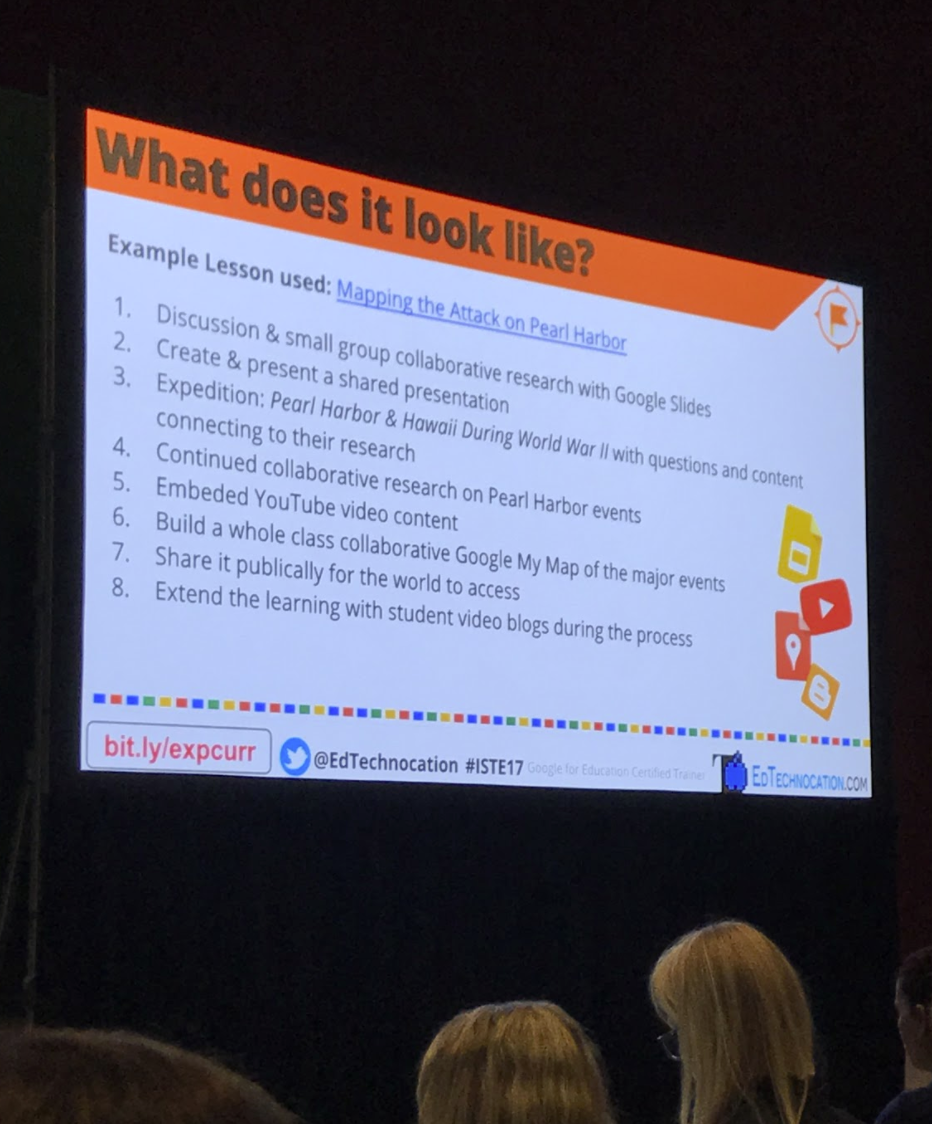Top 3 ½ Takeaways from ISTE 2017
Image represents the opportunity to engage the students in what would be a 12 year journey....
1) Active Learning
Active learning seemed to be a over arching principle focused this year....it is in direct focused to address the image above.
Limiting seat time…ACTIVE Learning!!!
2) Breakout EDU presentation with Adam Bellow
*Opportunity to meet Adam and have him be a guest speaker in a future PLC contributes to what I planned to take away from the conference to benefit the group and my job. Building professional relationships with key stakeholders is important.
“Box of locks in a educational technology conference”..irony if it!
Hi Ben,
Was great to meet you last week at ISTE. Would love to find a time to chat and learn more - think you are doing some awesome things with Breakout EDU!
Best,
Adam
3) Keynote
“You have great taste you can do creative work.”
“To do great work you must do volume of work. Eventually you will be as good as your ambitions.”
“Secret engines of productivity 5 min of ambition, 5 minutes of feeling horrible.”
3 ½) Google Expedition, Canvas, Murul collage art wall.
*Below are potential ideas and software research may benefit Kamehameha Schools. I will be looking into google expeditions further as a ice breaking tool. Also the art collage mural as a possible attraction in the next KS educational technology conference.
*Below are potential ideas and software research may benefit Kamehameha Schools. I will be looking into google expeditions further as a ice breaking tool. Also the art collage mural as a possible attraction in the next KS educational technology conference.
Canvas  Google Expeditions
Google Expeditions 
Art Collage Mural….
*opportunities gained from attending ISTE 2017

Comments